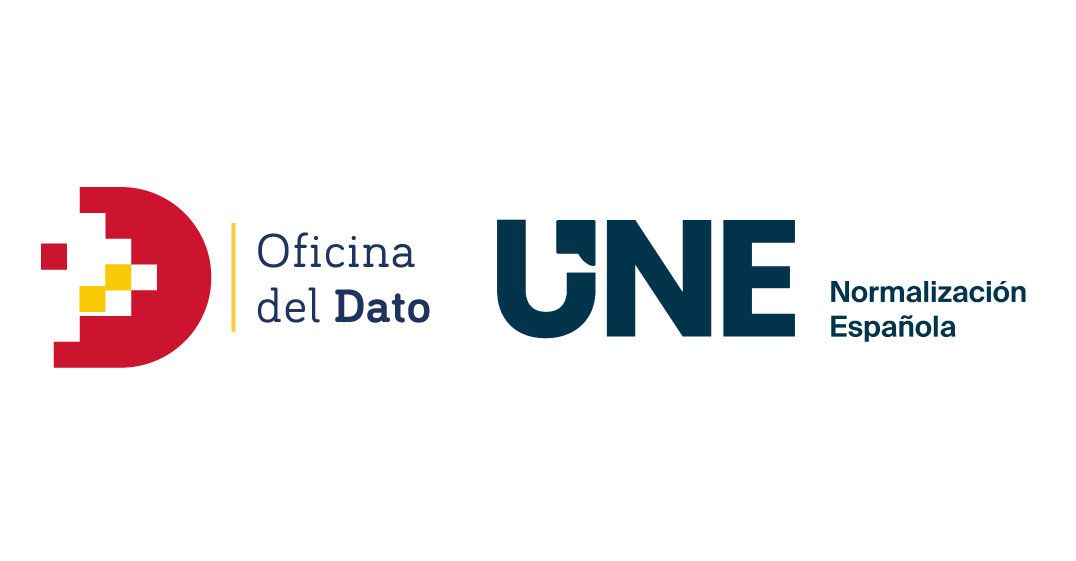
Open data plays a relevant role in technological development for many reasons. For example, it is a fundamental component in informed decision making, in process evaluation or even in driving technological innovation. Provided they are of the highest quality, up-to-date and ethically sound, data can be the key ingredient for the success of a project.
In order to fully exploit the benefits of open data in society, the European Union has several initiatives to promote the data economy, a single digital model that encourages data sharing, emphasizing data sovereignty and data governance, the ideal and necessary framework for open data.
In the data economy, as stated in current regulations, the privacy of individuals and the interoperability of data are guaranteed. The regulatory framework is responsible for ensuring compliance with this premise. An example of this can be the modification of Law 37/2007 for the reuse of public sector information in compliance with European Directive 2019/1024. This regulation is aligned with the European Union's Data Strategy, which defines a horizon with a single data market in which a mutual, free and secure exchange between the public and private sectors is facilitated.
To achieve this goal, key issues must be addressed, such as preserving certain legal safeguards or agreeing on common metadata description characteristics that datasets must meet to facilitate cross-industry data access and use, i.e. using a common language to enable interoperability between dataset catalogs.
What are metadata standards?
A first step towards data interoperability and reuse is to develop mechanisms that enable a homogeneous description of the data and that, in addition, this description is easily interpretable and processable by both humans and machines. In this sense, different vocabularies have been created that, over time, have been agreed upon until they have become standards.
Standardized vocabularies offer semantics that serve as a basis for the publication of data sets and act as a "legend" to facilitate understanding of the data content. In the end, it can be said that these vocabularies provide a collection of metadata to describe the data being published; and since all users of that data have access to the metadata and understand its meaning, it is easier to interoperate and reuse the data.
W3C: DCAT and DCAT-AP Standards
At the international level, several organizations that create and maintain standards can be highlighted:
- World Wide Web Consortium (W3C): developed the Data Catalog Vocabulary (DCAT): a description standard designed with the aim of facilitating interoperability between catalogs of datasets published on the web.
- Subsequently, taking DCAT as a basis, DCAT-AP was developed, a specification for the exchange of data descriptions published in data portals in Europe that has more specific DCAT-AP extensions such as:
- GeoDCAT-AP which extends DCAT-AP for the publication of spatial data.
- StatDCAT-AP which also extends DCAT-AP to describe statistical content datasets.
- Subsequently, taking DCAT as a basis, DCAT-AP was developed, a specification for the exchange of data descriptions published in data portals in Europe that has more specific DCAT-AP extensions such as:
ISO: Organización de Estandarización Internacional
Además de World Wide Web Consortium, existen otras organizaciones que se dedican a la estandarización, por ejemplo, la Organización de Estandarización Internacional (ISO, por sus siglas en inglés Internacional Standarization Organisation).
- Entre otros muchos tipos de estándares, ISO también ha definido normas de estandarización de metadatos de catálogos de datos:
- ISO 19115 para describir información geográfica. Como ocurre en DCAT, también se han desarrollado extensiones y especificaciones técnicas a partir de ISO 19115, por ejemplo:
- ISO 19115-2 para datos ráster e imágenes.
- ISO 19139 proporciona una implementación en XML del vocabulario.
- ISO 19115 para describir información geográfica. Como ocurre en DCAT, también se han desarrollado extensiones y especificaciones técnicas a partir de ISO 19115, por ejemplo:


